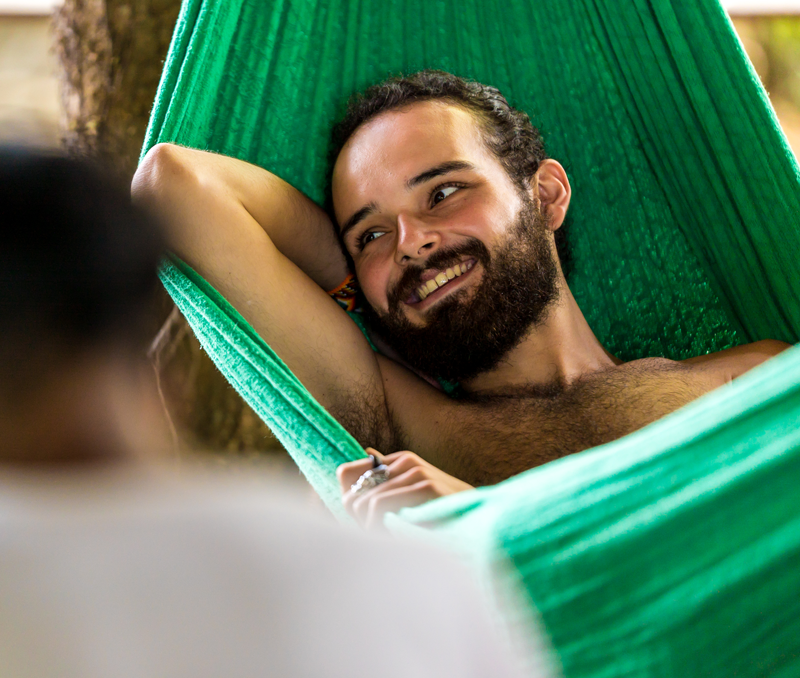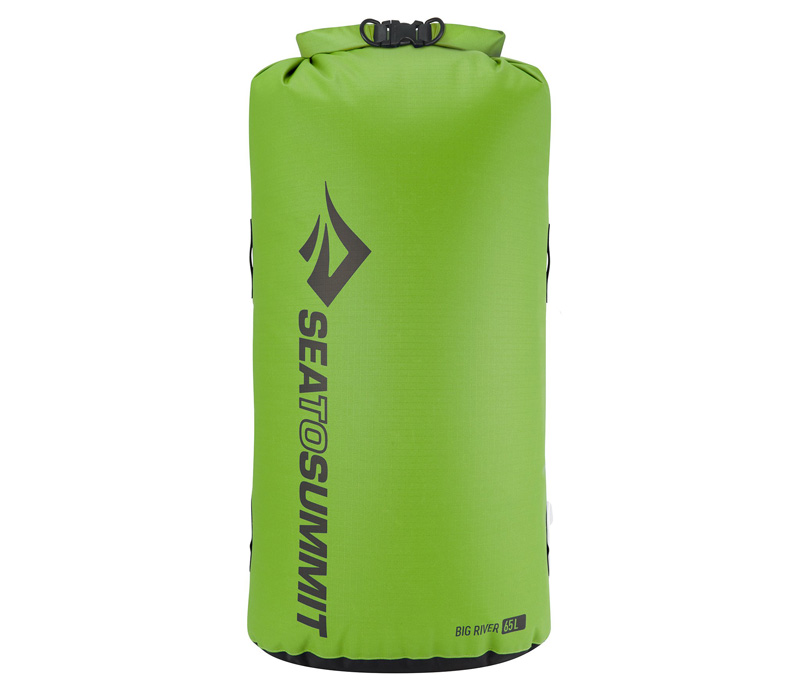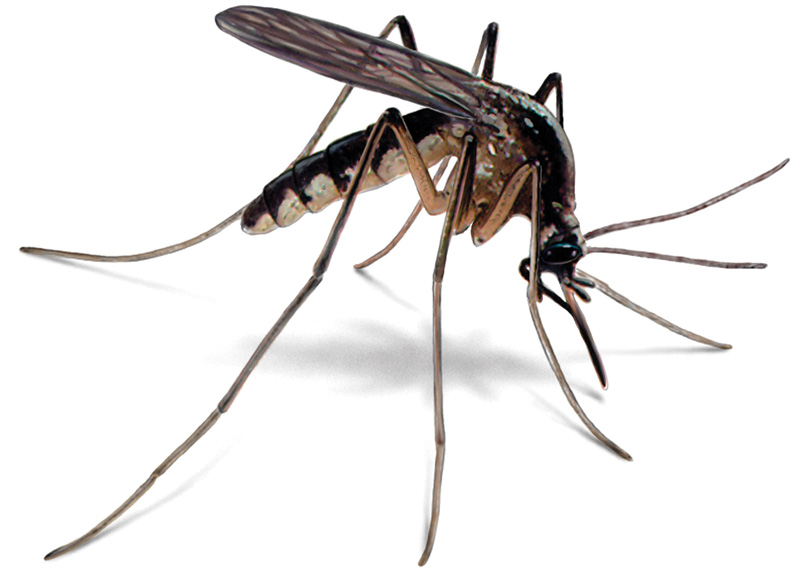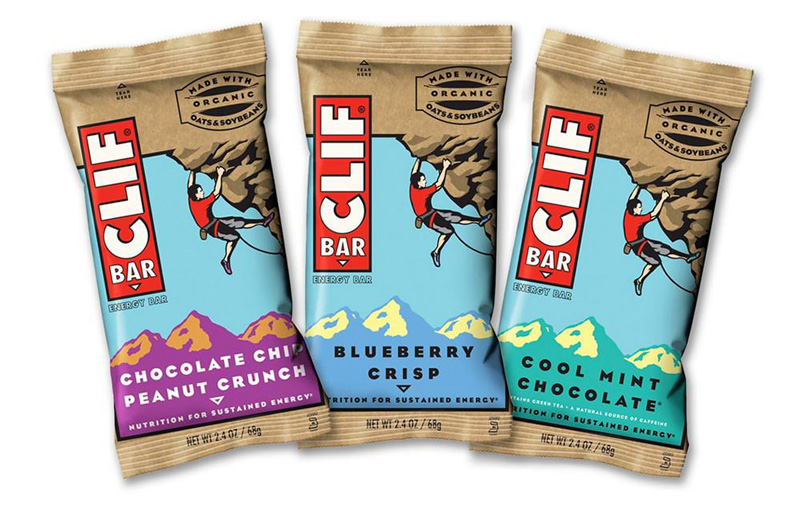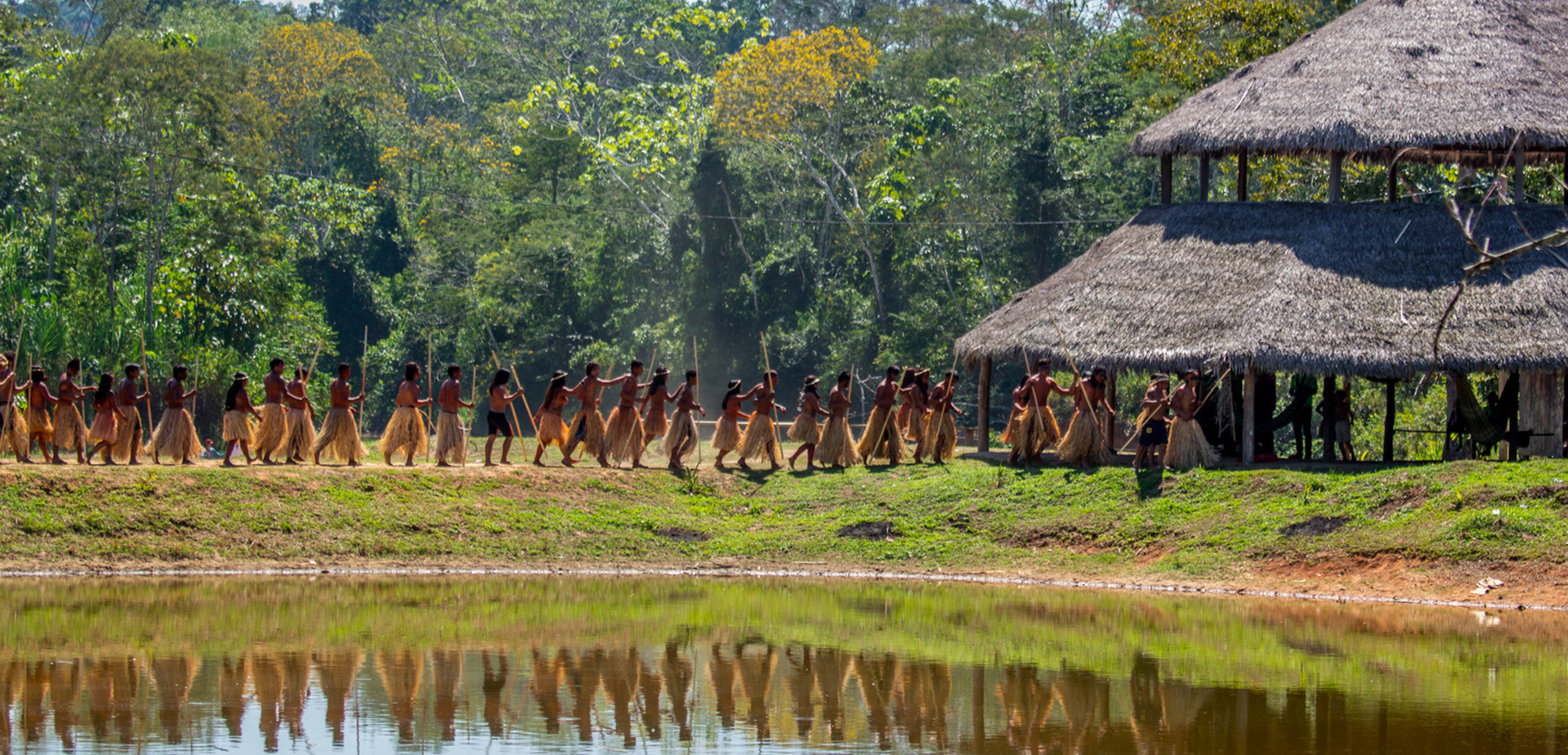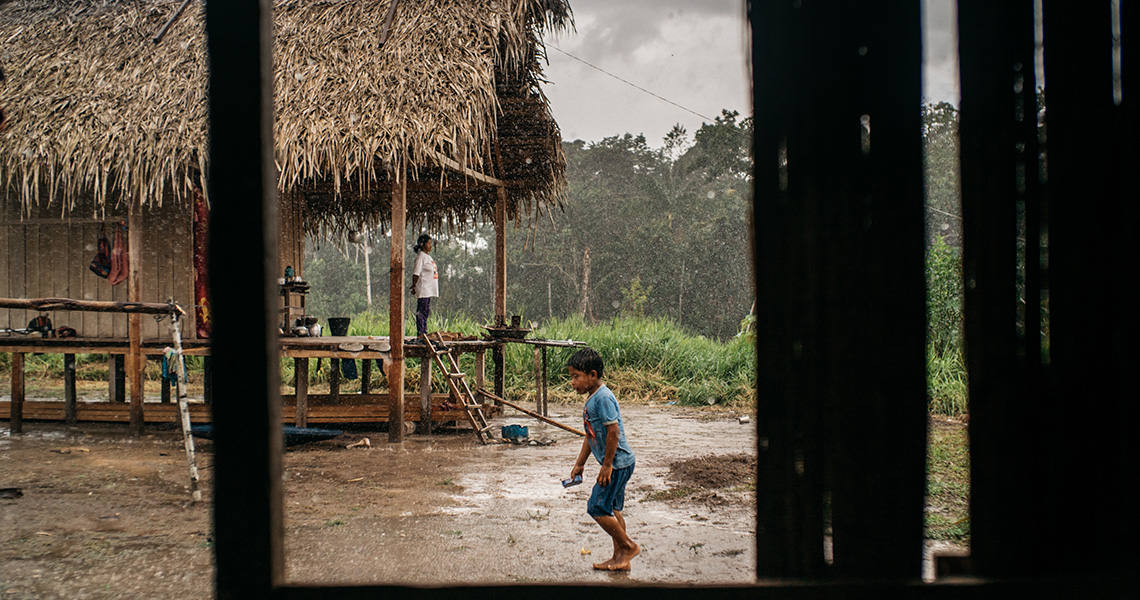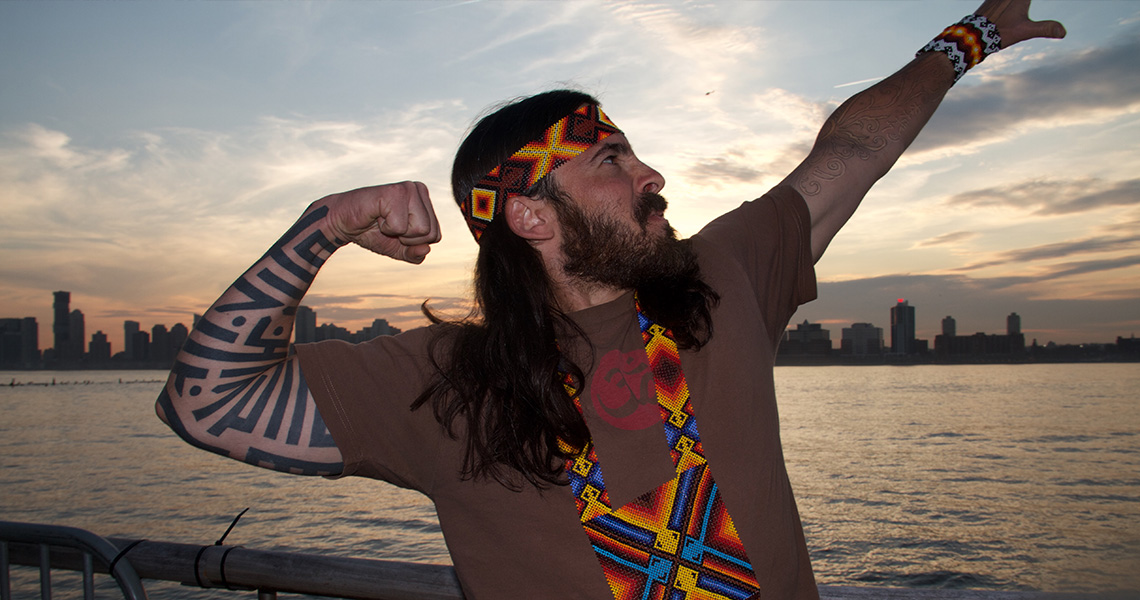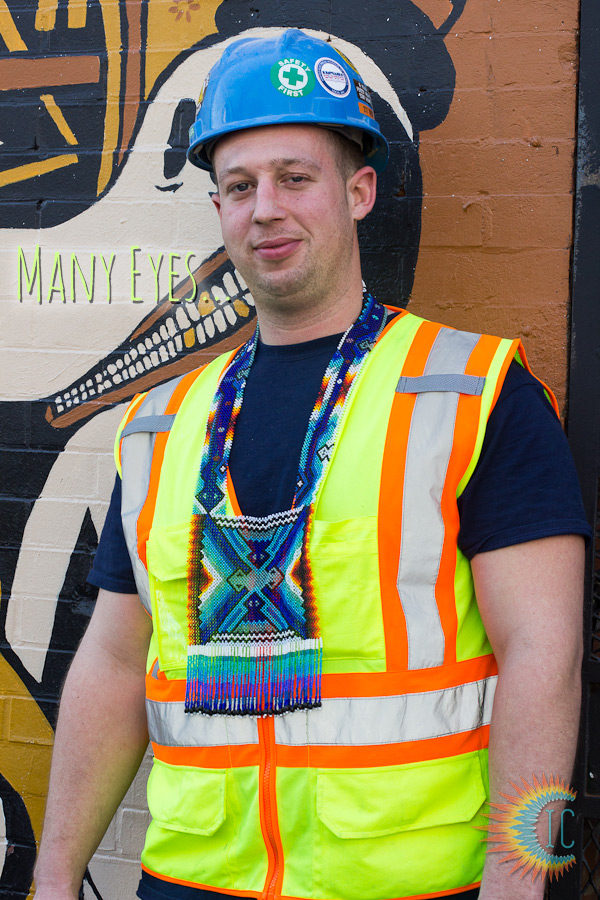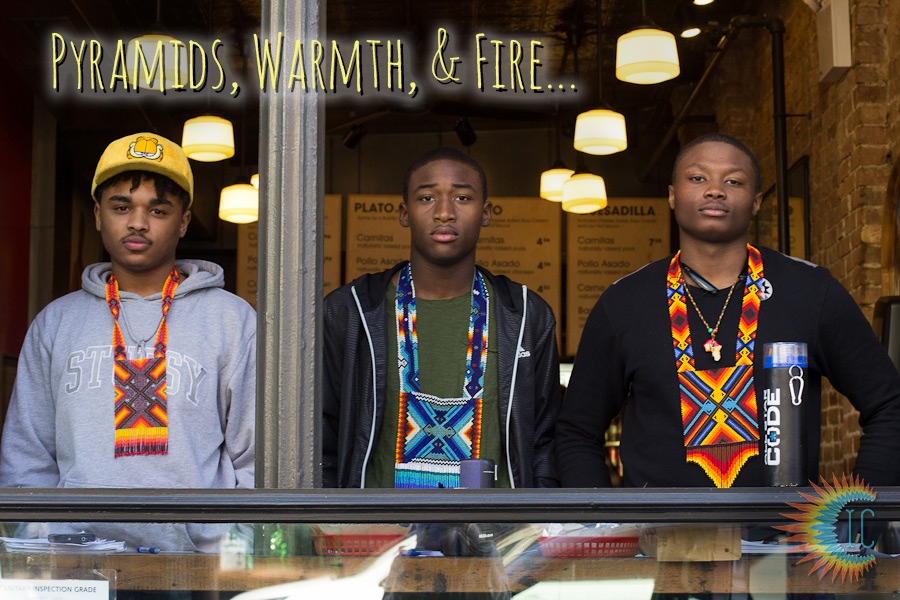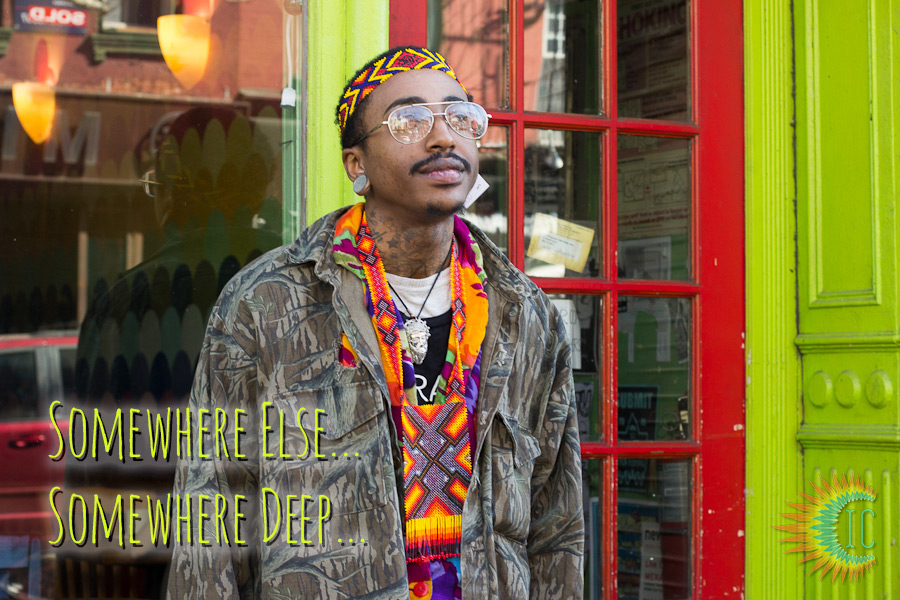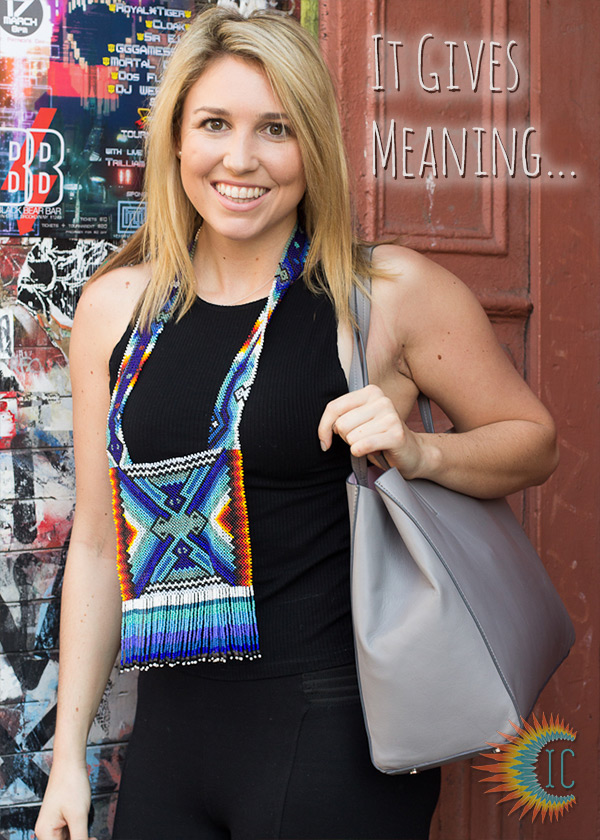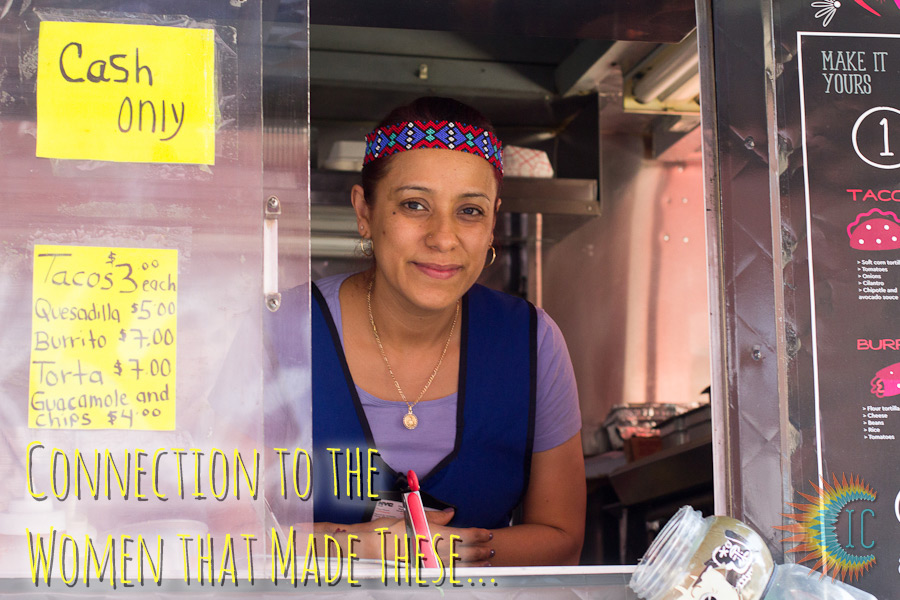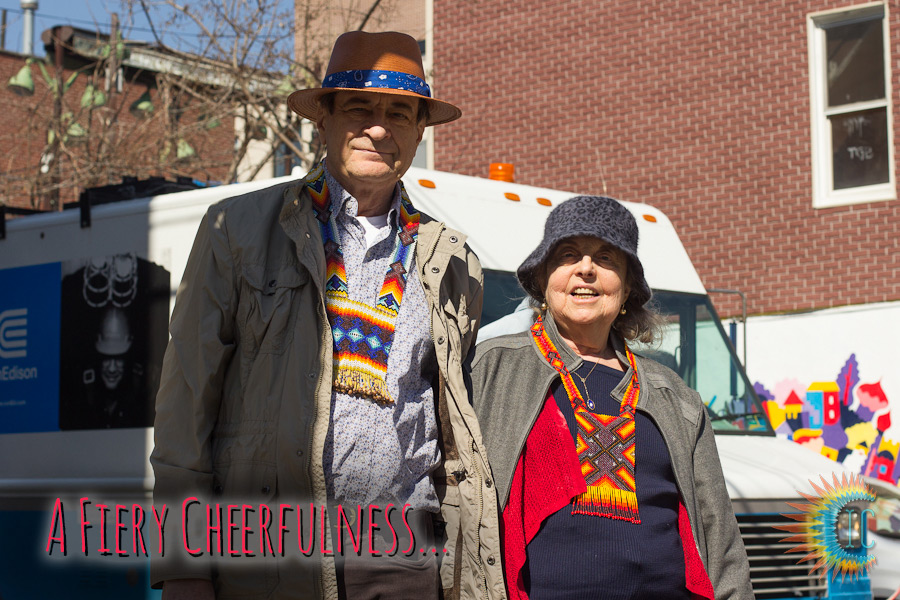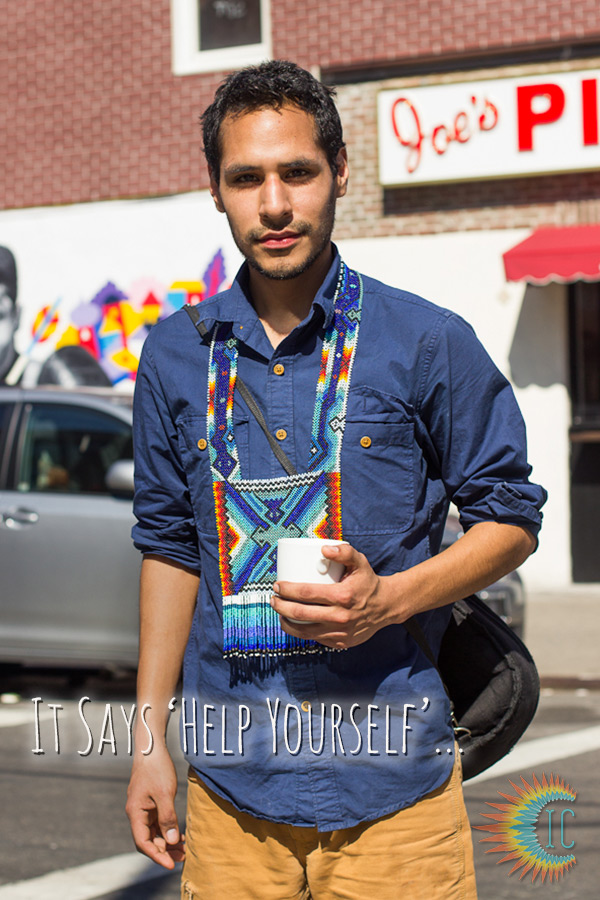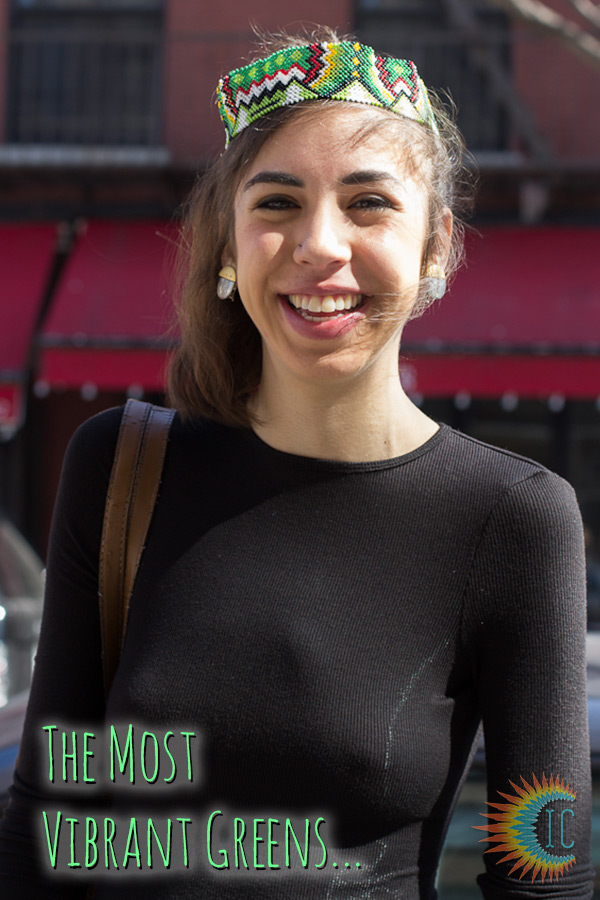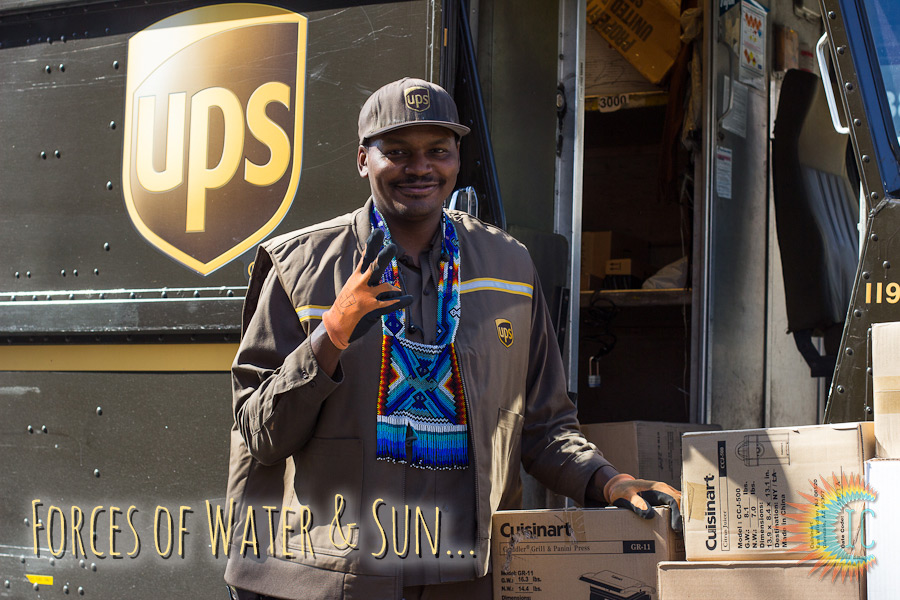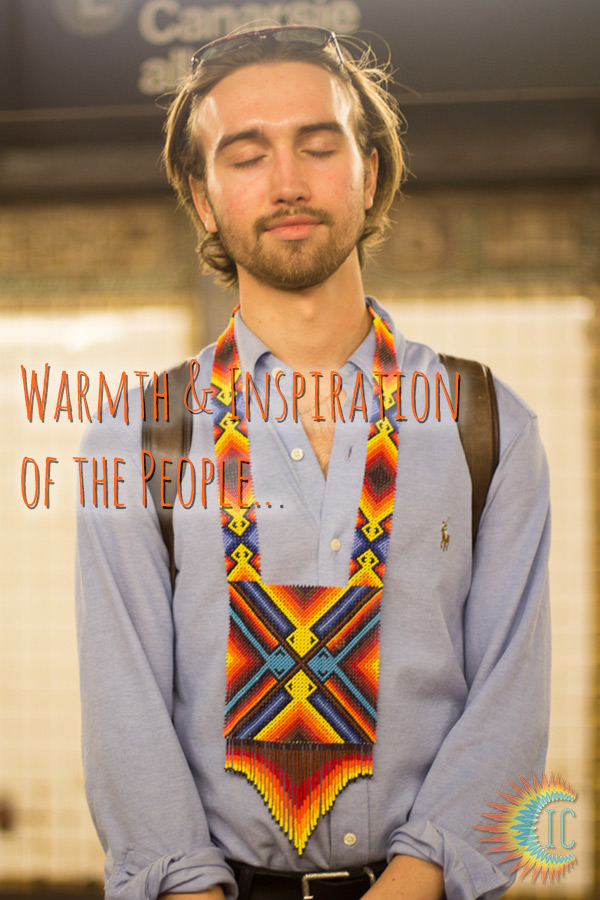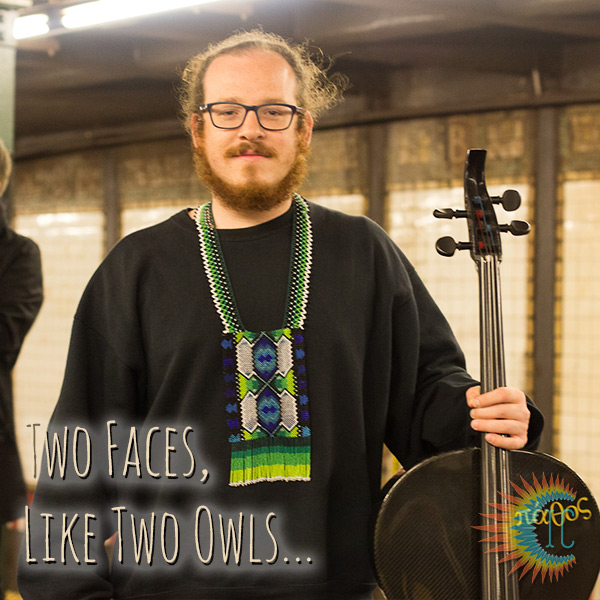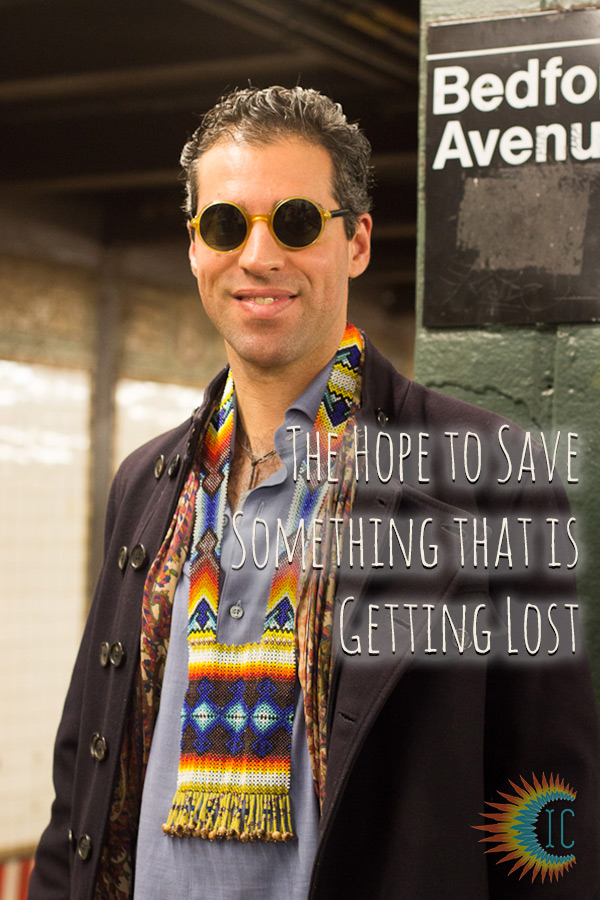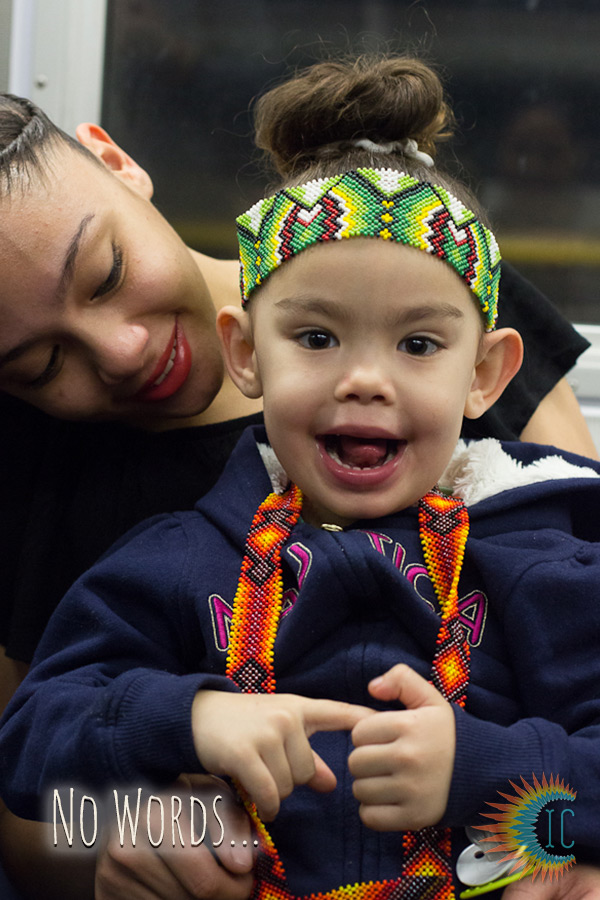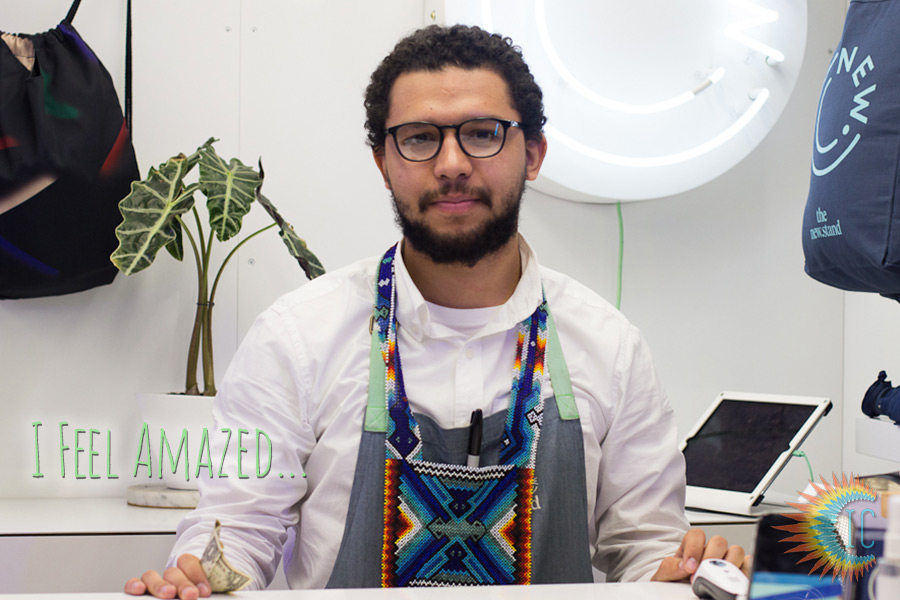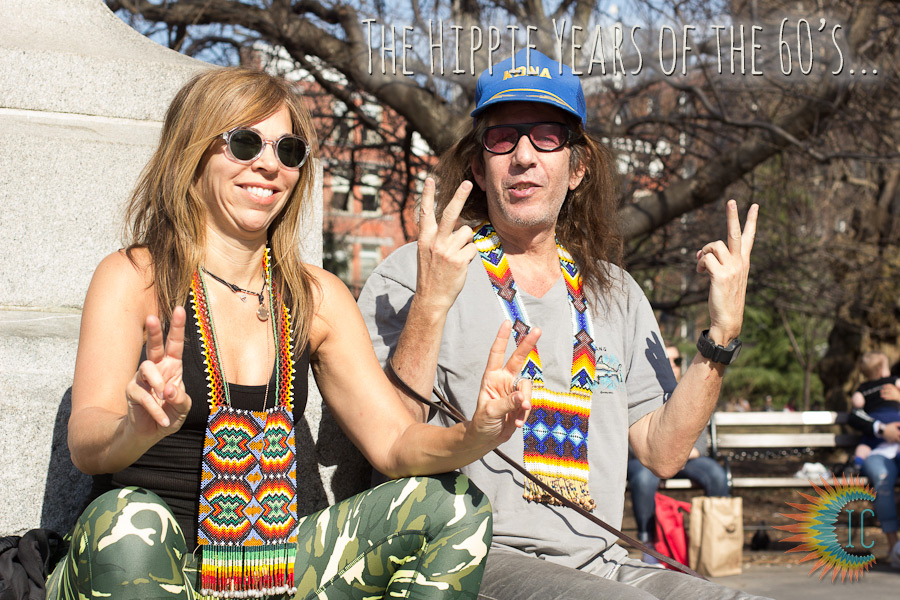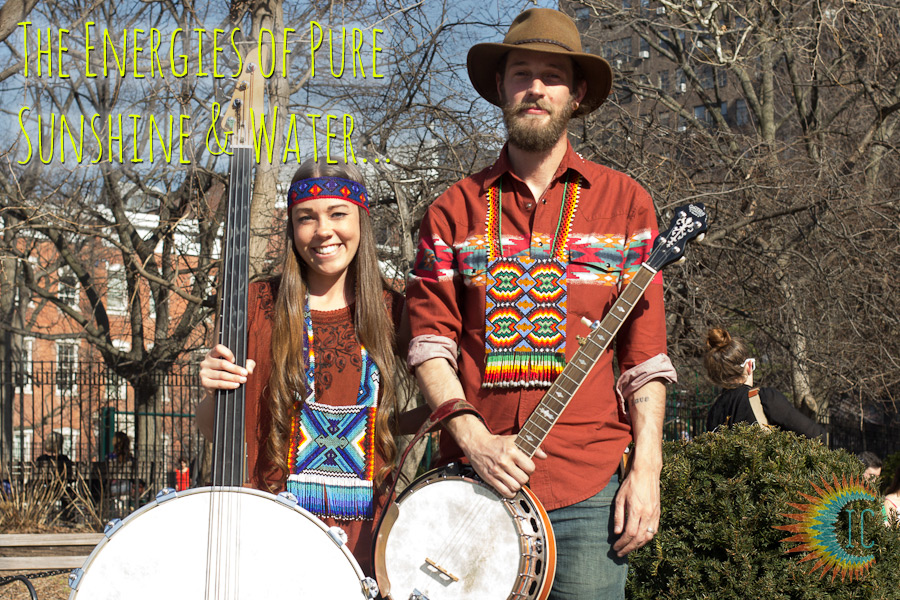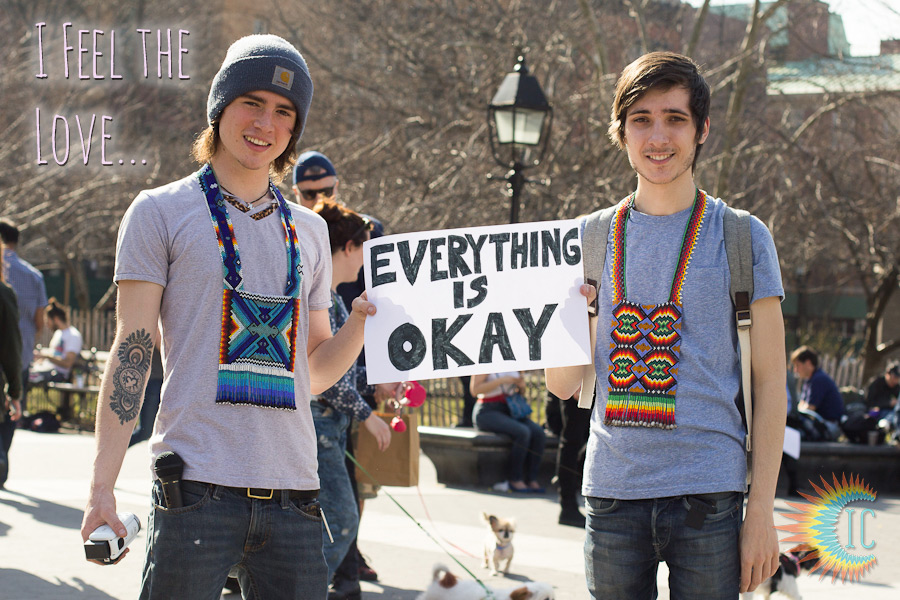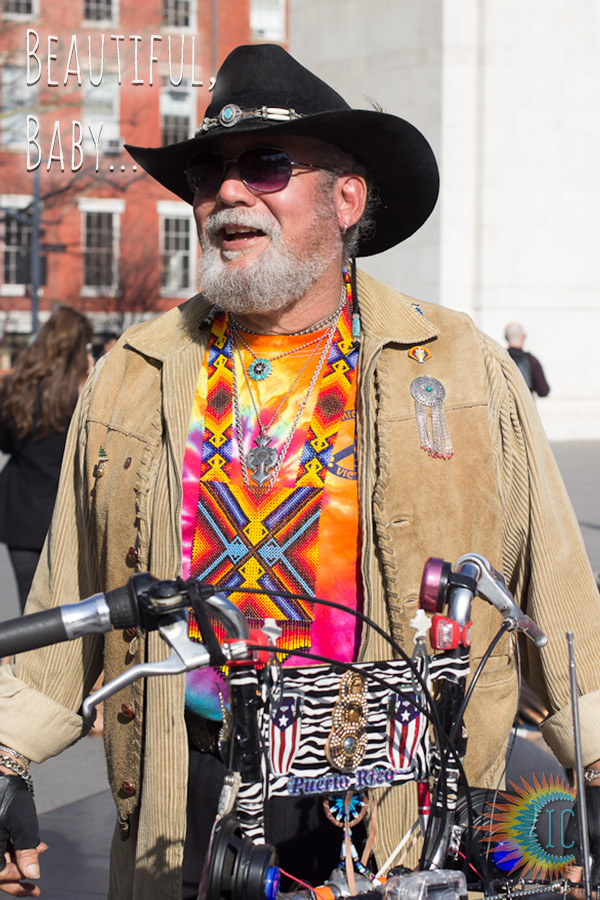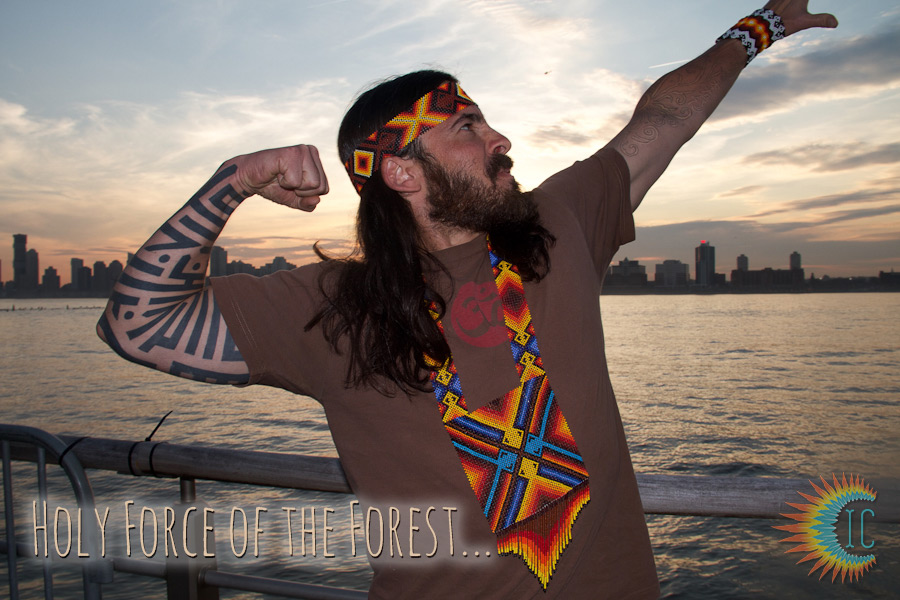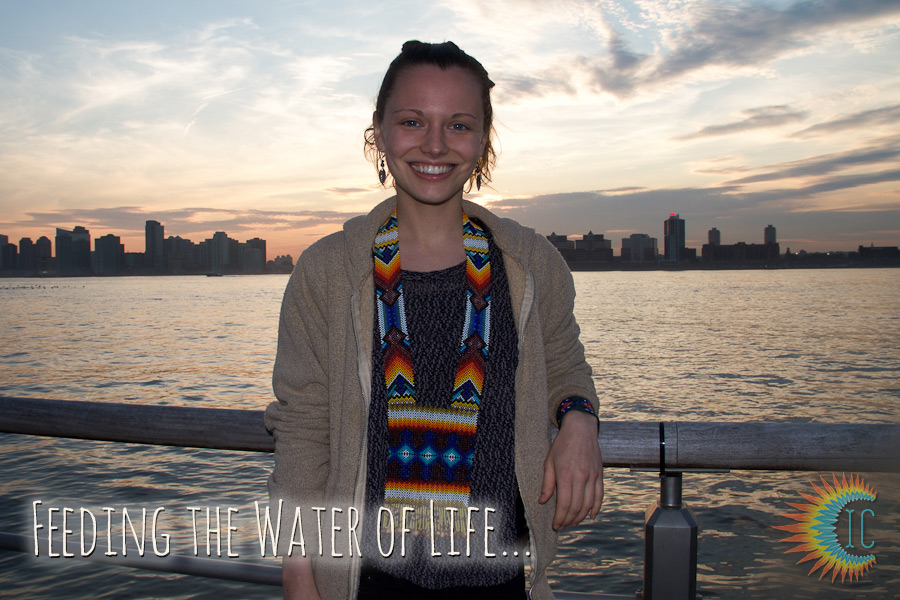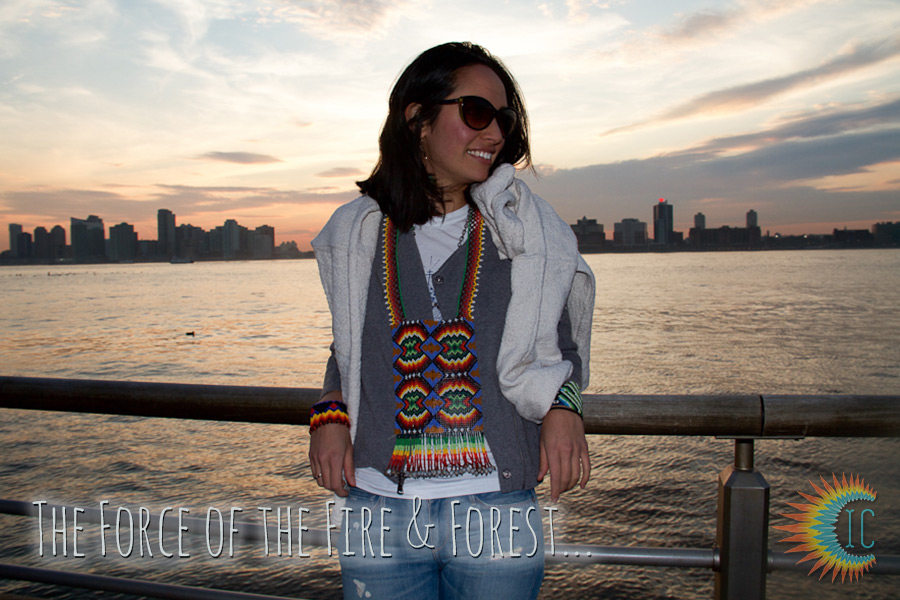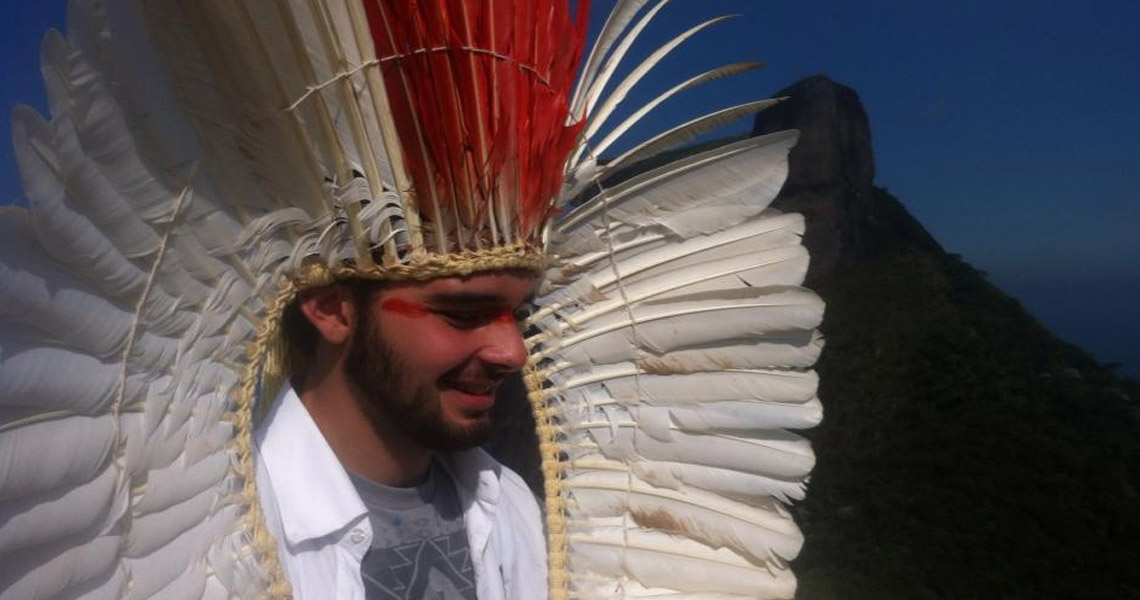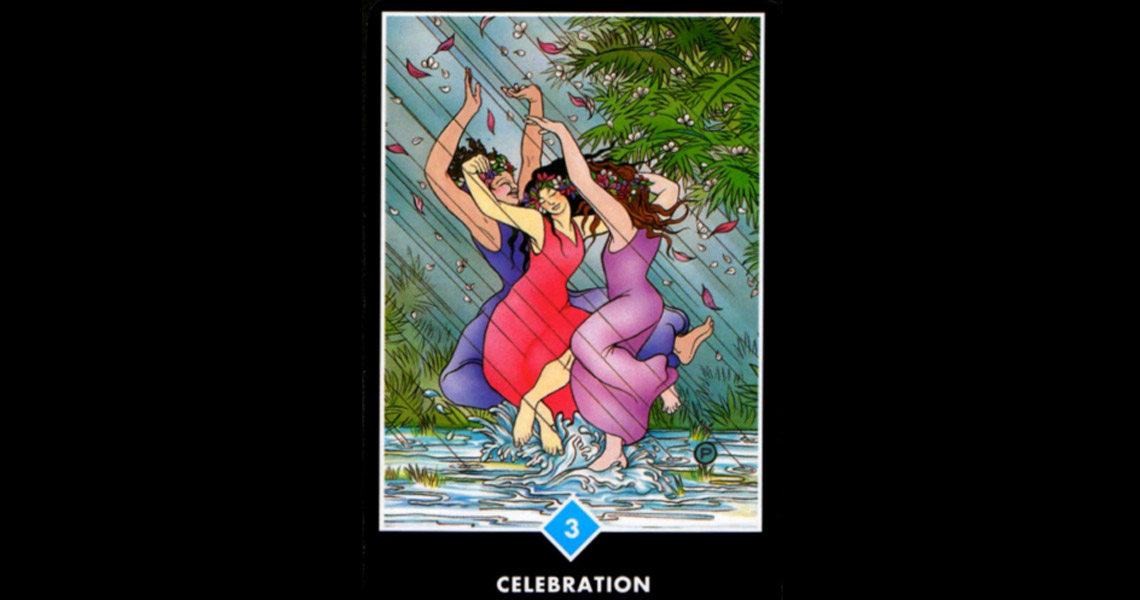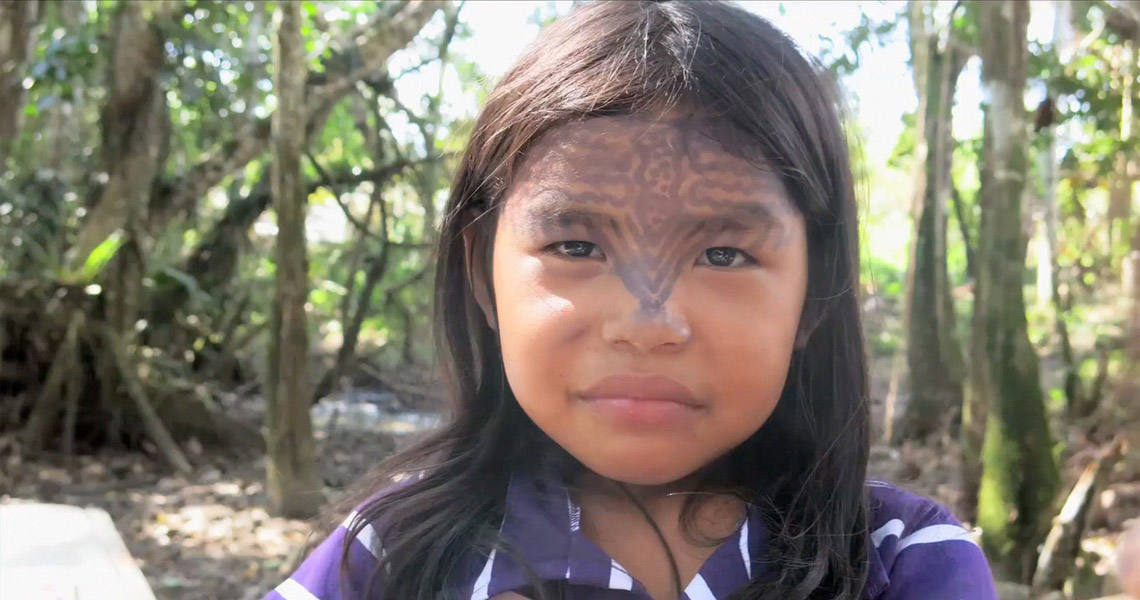
The Surprising Fate of 1,100 Fish
In November 2017, our small group boarded a bus in Cruzeiro do Sul for São Vicente. Chris Martin was among us, helping to bring 1,100 native Amazonian fingerlings to Mutum Village. Heavy bags filled with water and fish were piled at the front of the bus as we made our way along the winding roads towards the river. After arriving at São Vicente, we took a moment to have some breakfast and rest before departing on the long canoe ride.
The luggage was loaded and we did our best to on-board the fish. The bags were heavy and we almost lost one in the river!

Once we got things situated, Chris cut some palms to shield the fish from the sun, and brought a small bucket to intermittently pour water over the bags to help the fish from overheating during the blazing 6-hour canoe trip.

We arrived to Mutum Village around nightfall, played with the kids! and got to work sewing and constructing the netted fish enclosure, working side-by-side with the Yawanawá.


“In late 2017, I had the immense pleasure and honor of organizing a pilot project in Mutum village testing an initiative to increase the food security of the Yawanawa people. A collaboration between Indigenous Celebration and the Yawanawa people, and with technical assistance from the Acre State Government Secretary for Industrial Development, the project installed a small-scale aquaculture system in Mutum village. IC transported 1100 native Amazonian fingerlings (baby fish), materials to build a netted fish enclosure, as well as about 3 months of feed for the fish to the remote Mutum village. The system was set up by a team of IC staff and volunteers and Yawanawa tribal members. After that point, the Yawanawa people took control of the project, becoming responsible for ensuring that the fish were adequately fed and cared for.
For me personally, the most beautiful part of the project occurred when, right after arriving in Mutum, we assembled the netted fish enclosure alongside Yawanawa tribal members. As we worked together sowing together the fish enclosure, the shared sense of purpose in the task at hand formed an instant connection that brought together strangers from vastly different worlds far removed.”
– Christopher Martin, MBA & Master of Forestry Candidate, Yale University

So what happened to those fish?
Did they survive? Did they grow? Were they eaten?
After almost a year, we received news.
A group from Europe had cancelled their trip to the Mariri Festival in Mutum, significantly impacting the tribe’s resources, which were already stretched thin. When the men came back with very little to show from their hunt, someone remembered the thousand fish in the pond. They could hardly believe what they found…
Beautiful, large fish by the hundreds! Our humble efforts of a year earlier had a special purpose. The fish from the pond ended up feeding Yawanawá from all 8 villages and the dozens of visitors that arrived to take part in the annual celebration. For 2 days these fish kept the festival going.

Thank you to all who participated in co-creating (and living) this story. What an epic journey 😉!
And a special thank you to Chris Martin- IC couldn’t be happier with what you’ve accomplished with your Retreat Scholarship.
In light, love & service,
Anne Marie Miller

